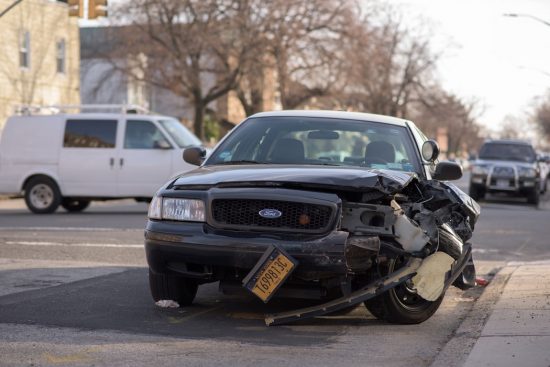
The insurance adjuster on the phone told me the car was a total loss. My daughter had been in a car accident a few days earlier, struck on the driver’s side of the vehicle after which all the airbags deployed. She was physically OK, however her car was not. I had expected the adjuster to tell me an estimate to repair the car, and a time frame in which the body shop could complete the work. Instead, he was rattling off numbers that represented the market value of the car and how much they would be paying out to bank through which we financed the car.
Since the car was only a little over a year old, we owed more on the loan than what the car was worth. A phenomenon known as being upside down financially with the car due to automobiles dropping thousands in value the instant you leave the dealer’s lot. Luckily, we had the foresight to purchase gap insurance.
What Is Gap Insurance?
If a car is deemed a total loss after an accident, gap insurance will pay any difference between the market value of a vehicle and what a consumer currently owes a lien holder or bank.
For example, consider the scenario in which the balance of an automobile loan for a car that is deemed a total loss is $17,000. However, the insurance company determines the market value as $14,500. The insurance company pays the lien holder $14,500 for the car. The consumer is then required to sign over the title to the insurance company, after which they pay the bank $14,500. The consumer now owes $2,500 on a car they no longer have.
Gap insurance pays this $2,500.
Where Is Gap Insurance Purchased?
Gap insurance may be available through the same insurance provider you already use for your automobile insurance. You may also be able to purchase it from a provider through your car dealership.
How Much Does Gap Insurance Cost?
Gap insurance generally costs roughly 5 percent of your liability and collision policy.
Is Gap Insurance Required
Almost every state requires drivers to have some form of car insurance. However, gap insurance is not required. In fact, after you purchase gap insurance it can be canceled. In fact, it is advisable to cancel it once your loan balance reaches a point where it is equal to or less than the market value of the vehicle. Otherwise you’re just paying money for something you couldn’t possibly get any value from.
My wife insisted on gap insurance when we purchased our daughter’s car. I wasn’t sure about it at the time, but it turned out to be the right decision. Instead of paying thousands of dollars for a car that was wrecked, the gap insurance paid off the loan and put us in a much better place financially.
How about you, EOD Nation, have you ever purchased gap insurance? Did you have to use it?